Hello all,
Hoping for some feedback.
A buddy of mine recently bought a portable electric hot tub, and had an electrician wire it up. Tub needs a 2-pole 50A breaker, which is not available locally (or inexpensively) for his obsolete 200A BL Loadcenter breaker panel. Instead, the electrician installed a new 100A subpanel (w/o main breaker), fed directly from the terminal lugs in the main panel (I assume he swapped the single-cable lugs for two-cable lugs). I’m pretty sure the feeders from the terminal lugs are not #3 copper (or similar).
Is this approach in any way acceptable?
Would any variation on the method be acceptable?
It’s 200A service with a main disconnect switch at the meter base (on an outbuilding) and the BL panel mounted in the basement of the house.
Thanks in advance.
Ewan
Edited 1/15/2006 12:14 pm ET by Ewan
Edited 1/15/2006 4:48 pm ET by Ewan
Edited 1/15/2006 6:55 pm ET by Ewan
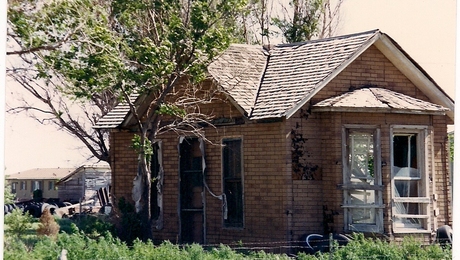
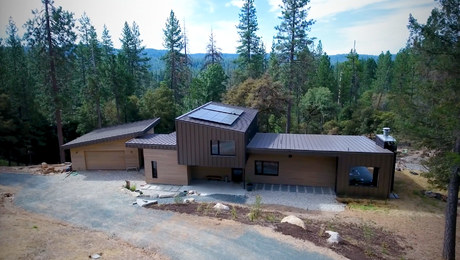
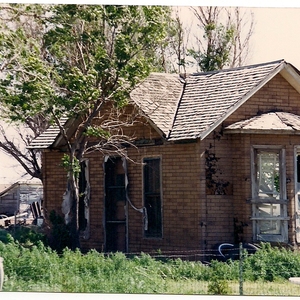




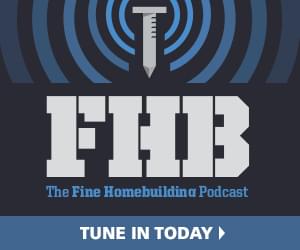

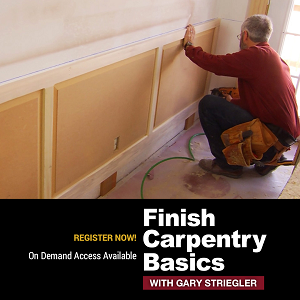




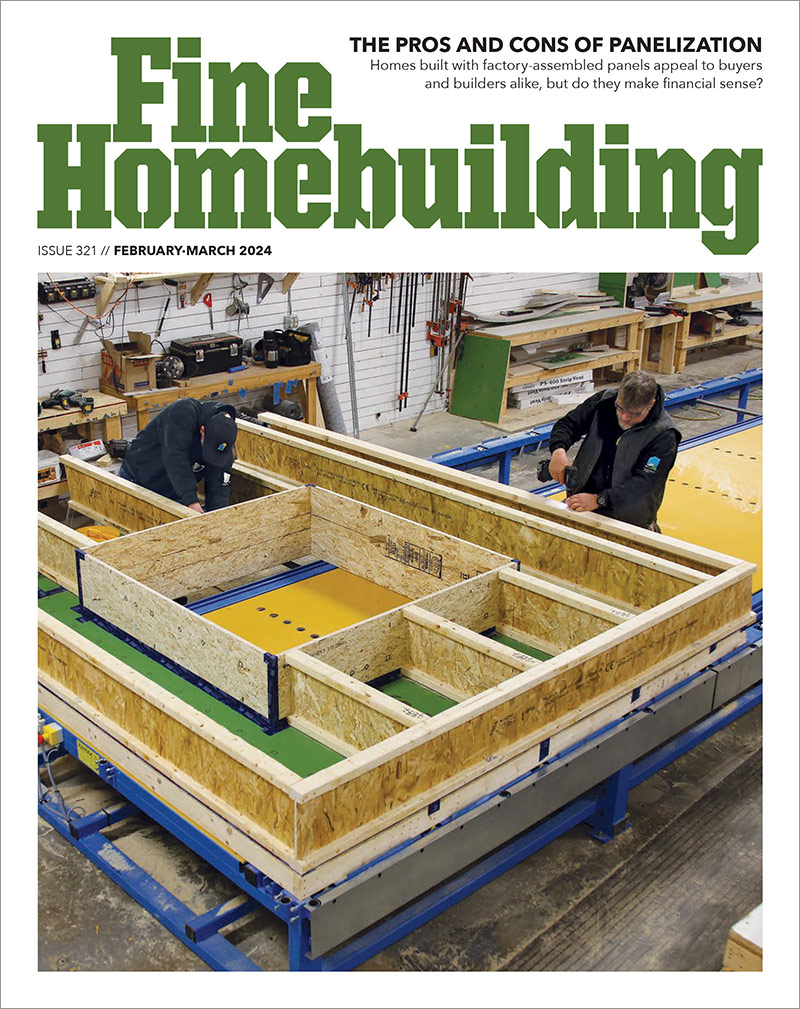
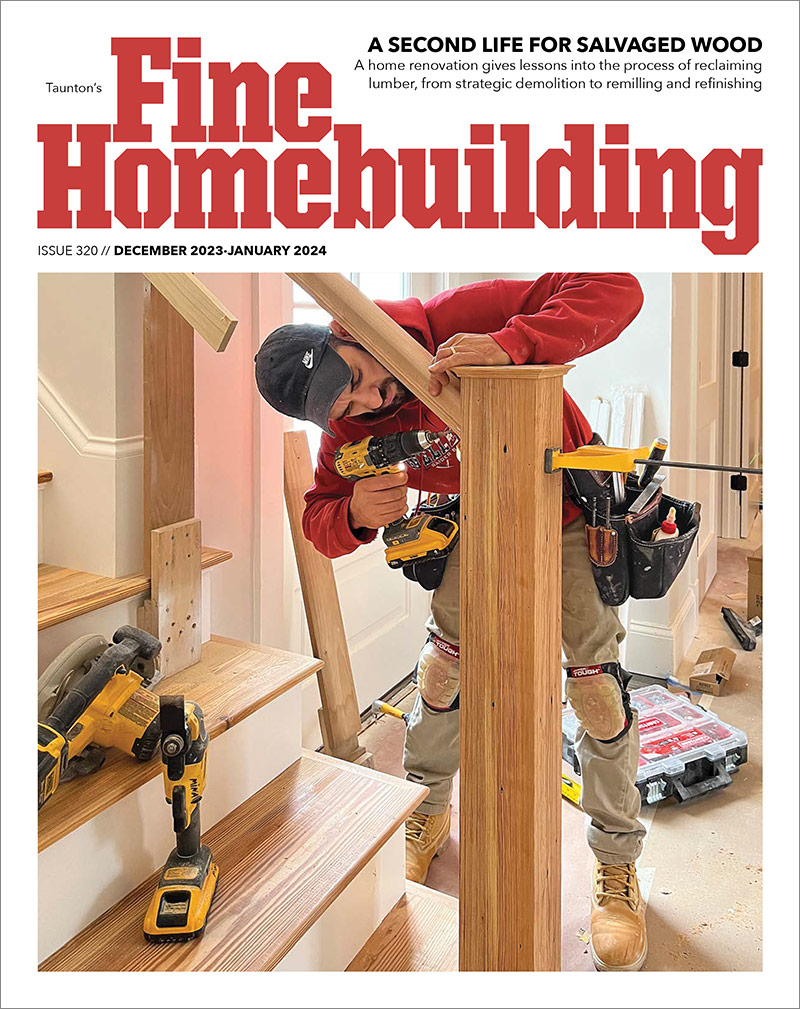
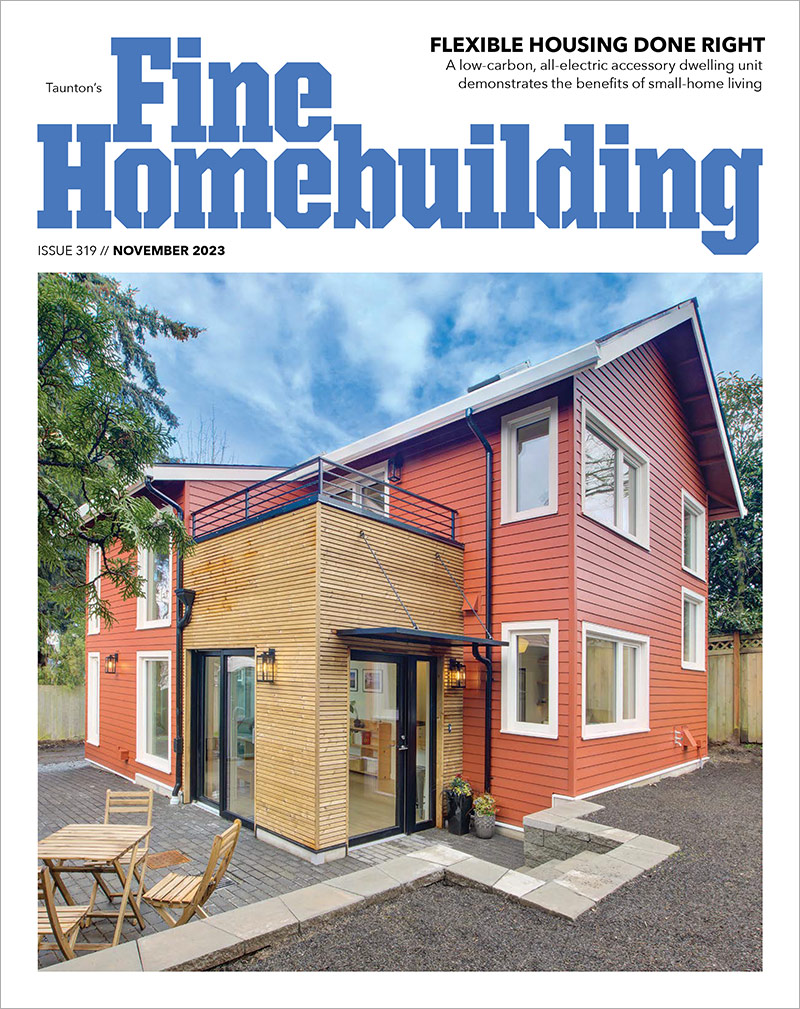

Replies
This is outside my experience so don't take what I say as absolute.
I think that the concept is OK, but the details are wrong.
Some "main" panels have lugs (or holes on for lugs) on then that can be used to extend the bus to a sub-panel. However, when this is done cable and sub-panel need to be rated for the rating of the "main" panel breaker, 200 amps in this case.
"Main" panel - while there is a service entrance in another building this panel might be treated as a sub-panel (neutral isolated from the ground bus/ground electrode system) or it bonded and treated as a main panel. However, in either case a disconnect is needed at the house. A main service disconnect can have upto 6 different "switches". Don't know if the same is allowed for the disconnect at an "outbuilding" or if you are only allowed one disconnect (per service).
Now there are cases where you can have multiple taps off at the service entrance. Commonly done with you have a 320 or 400 amp service and multiple "main" panels. Each panel will have a set of wires, rated for the panel size, back to the meter.
Possibly that could be done here, but in that case the new panel would need a 100 amp main breaker and 100 amp wires back to the 200 amp disconnect. (Main breaker might not be needed if the new panel is filled and the total is no more than 100 amps and you can get by with the 6 or less disconnect rules).
However, the feeder to the house is protected by the 200 disconnect at the meter so I don't know if there is really a safety problem or not.
Sum, it does not sound right. However, I really don't have enough background to prove it one way or another.
Many thanks for the reply Bill.
I'm not an electrician, but the set-up doesn't seem right to me... and it's certainly not the 'conventional' method for hooking-up a sub-panel where the sub is protected by a breaker in the main panel, with appropriately sized feeders.
Regards,Ewan
Hi Ewan,
I don't know what the CEC requires as far as a main breaker in the sub -panel...
..It would be something I would put in though
.. and I will say that since the main disconnect is 200A then the wire to the new sub will have to be at least 3/0 Cu. it can then be fused at 100A with a breaker backfeeding the sub-panel......which might be difficult fitting the 3/0 under 100A lugs
I didn't know you could wire a subpanel off the main panel via the main luhs. I always was recommended to wire it via a breaker of considerable means. How does one know whether or not their main panel's lugs can be used in this manner?
one hole....one wire... most inspectors here won't allow taps to be smaller than 4/0
100A or smaller comes off a breaker ...
Thanks for the enlightenment. I'm going to be putting in a 100A sub-panel and had planned for a breaker-method.
main disconnect is 200A then the wire to the new sub will have to be at least 3/0 Cu.no. the subpanel is wired with what ever the sub is. If its a 100 amp sub then its wire with 100 amp wire( dont have my book here) If its a 60 amp sub then wire with 60 amp wire.. 2+3=7
I thought the #3was bolted onto the bus,....what am I missing,if the guy used #3 then that is too small...it don't matter what the sub is that its feeding...the new sub is fused at what ever the main disconnnect is...unless I read the post wrong
I gathered that it was bolted to the incoming feeder to the breaker in the "main" panel.
Thanks to all for the replies.The feeds to the new subpanel are tapped off the incoming feeder to the 'main' panel (i.e. the only over-current protection for the subpanel are the main disconnect fuses).I'm pretty sure the feeds to the subpanel are #6 CU, which I gather is 'okay' for the lone 50A breaker that's currently installed, but no good to accommodate possible future branch circuits.I'm not an electrician, but I'm wondering if this isn't a kludged application of the "10 ft tap rule"?http://www.mikeholt.com/mojonewsarchive/NEC-HTML/HTML/FeederSecondaryTapRules~20020326.htmI forgot to mention that the new subpanel is immediately adjacent to the main panel.... apologies.
Ewan
P.S. Maddog, yep they're ~supposed~ to be licensed up here... just not sure this one was.
Edited 1/17/2006 5:15 pm ET by Ewan
Edited 1/17/2006 5:17 pm ET by Ewan
Ewan,
I'd say that the installation is not Code-compliant. Although the new subpanel now has only a 50 amp breaker in it, it'd be very easy to increase the load on the tap by installing new breakers. For the tap rule to be apropriately applied, I think the tap conductors would have to be rated at the subpanel rating--100 amps.
Even then, I think it's not a good design to apply the tap rule to a subpanel that's not protected by a main breaker. I believe that the tap rule was intended to apply to situations like a cooktop being tapped off of the oven conductors w/o needing overcurrent protection, or other situations where there's a set load supplied by the tap.
As far as sizing the feeder conductors--you're right, even if they were protected at the main panel with an appropriately-sized breaker, using AWG 6 is pretty short-sighted; no room for expansion.
And as to the post about conductor size being determined by subpanel ampacity rating, that's only part of the story. The feeder conductor size is determined by the subpanel ampacity and any votage drop adjustments, temperature corrections, and conduit fill adjustments. The feeder (source) breaker must be sized according to the subpanel ampacity. A 60 amp subpanel must be protected by a 60 amp (or less) breaker at the supply panel, and has to be fed with AWG 6 copper if THHN or equivalent 90C insulation. [edit by CAP: to clarify, actually, the sub only has to be supplied by AWG 6 copper if it's being fed by a 60 amp breaker on the supply panel. It's perfectly Code-compliant to feed a 60 amp-rated subpanel using a 20 amp breaker, if your calculated load on the subpanel is 20 amps or less. In this situation, the feeder conductors could be AWG 12 copper. I'm not saying it's a good idea, but it'd be Code-compliant. The point is, the feeder conductors have to be sized to supply the load, taking onto account corrections and adjustments to conductor ampacity, and the feeder breaker has to be sized based on the feeder conductor size.)
But, if it's a 200 foot run to the subpanel (and you want to keep voltage drop to the recommended 5%), and it's in an attic that's going to get to 150F, and there are more than three current-carrying conductors in the raceway, then those conductors will have to be much bigger than AWG 6 copper.
Cliff
Edited 1/19/2006 1:08 pm ET by CAP
Terrific Cliff... many thanks for the post.
Based on my electrical-wiring self-education, I didn't ~think~ the install was code-compliant (be it NEC or CEC)... I've suggested my buddy find himself a 2-pole BL breaker (refurbished ones available online) and feed the subpanel properly. Regards,
Ewan
that don't happen here too much.........and this is a good example why